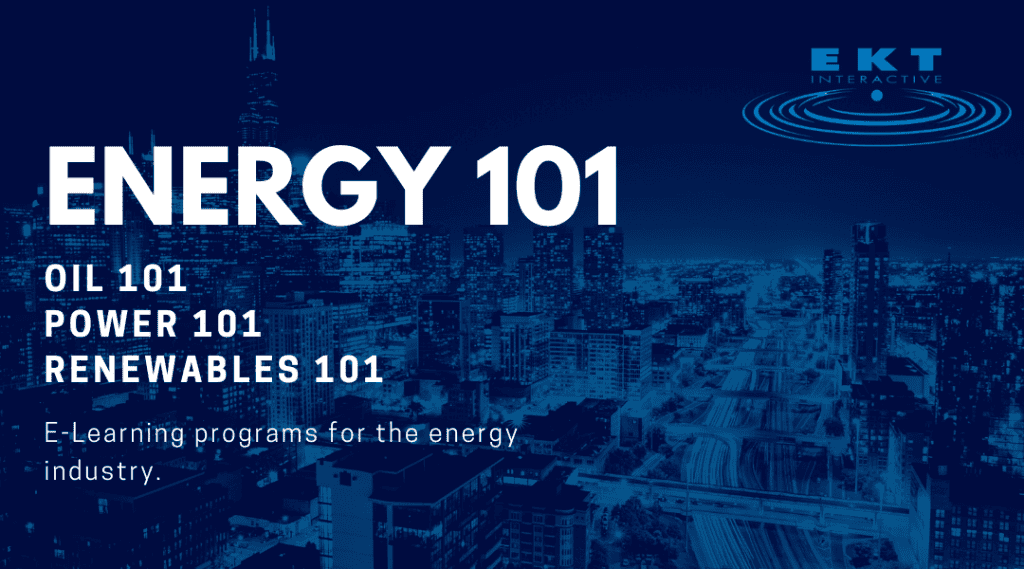API gravity refers to a measurement index developed by the American Petroleum Institute which describes how heavy or light crude oil is in relation to water.
API gravity is the standard approach in the oil industry for measuring crude oil density, which is expressed in degrees API.

Whether it’s oil and gas, power, or renewables that is your chosen career path, our e-learning courses can help you get a leg up on the competition and get your food in the door.
We often hear from learners who successfully use our courses to prepare for the interview process. After all, you’re using the same courses that companies themselves use to prepare their teams.
As this student passed on:
I would like to thank you for your brilliant Oil 101 materials. I did use it to prepare for the recruitment process, and managed to take a new role in the oil and gas industry!
Get started with our Energy 101 courses today!
The API gravity of water is 10 degrees.
If the oil’s API gravity is above 10 degrees, it is considered “light” and will float on water.
If the API gravity is less than 10 degrees, the oil is “heavy” and will sink.
API gravity decreases as the density of the compound being measured increases.
For example, the API gravity of naphtha is about 50 degrees API, but the API gravity of asphalt is around 11 degrees API.
API gravity affects how much oil is worth because high-API, light oil will produce a higher yield of gasoline or diesel when it is refined.
Therefore, the higher the API number the better quality the crude oil.
Related Resources
Energy Risk Management
Risk Management in Oil and Gas
Oil 101
Power 101
What is a Nuclear Power Reactor Operator
Watts, Kilowatts, Megawatts, Gigawatts
Jobs Data
Global Energy Talent Index (GETI)
US Energy & Employment and Jobs Report (USEER)
Career Path in Energy Articles
Is Oilfield Services/Equipment a Good Career Path
Is Oil and Gas Production a Good Career Path
Is Electric Utilities a Good Career Path
Is Power Generation a Good Career Path